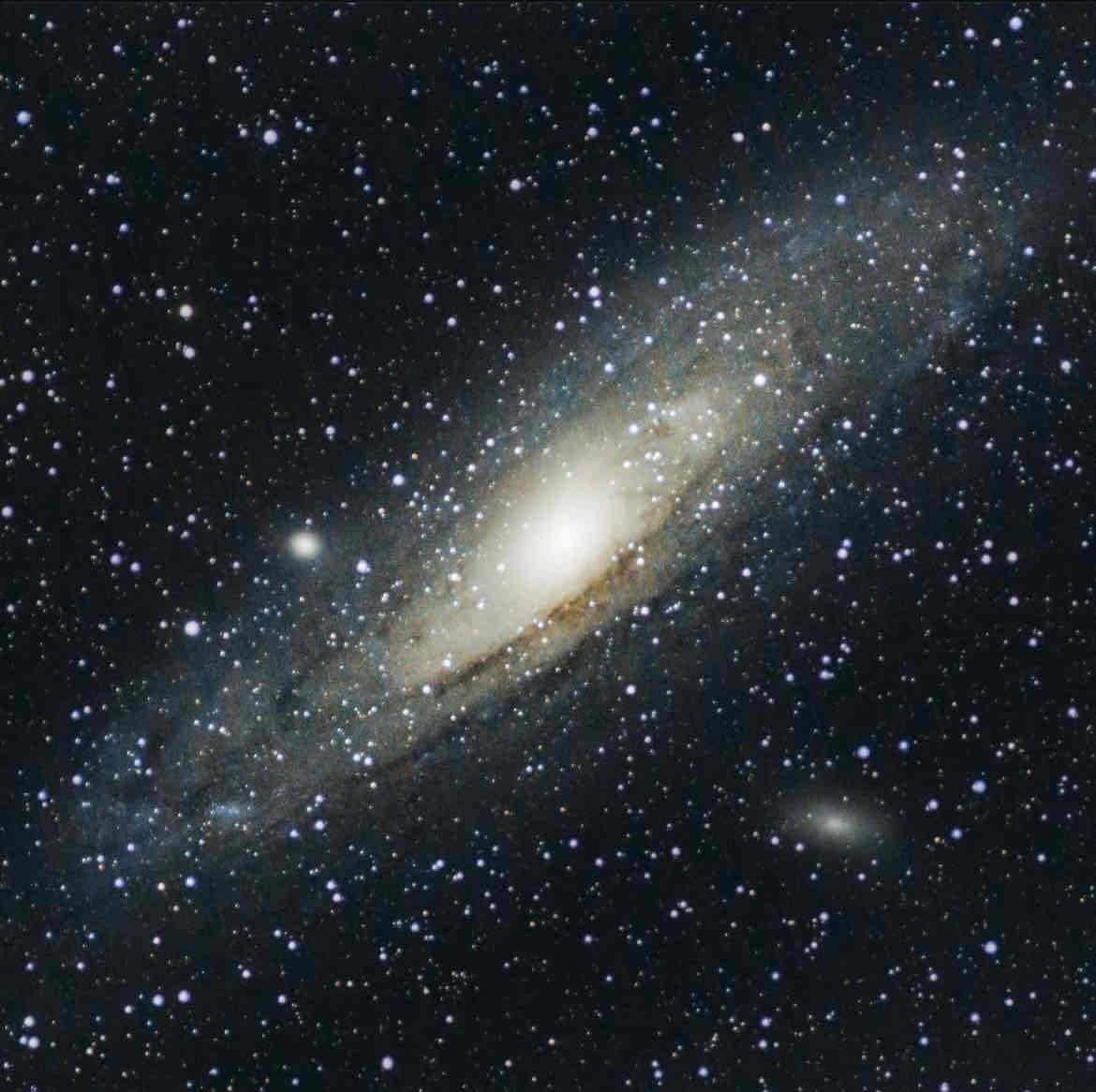Astrophotography
Welcome to !astrophotography!
We are Lemmy's dedicated astrophotography community!
If you want to see or post pictures of space taken by amateurs using amateur level equipment, this is the place for you!
If you want to learn more about taking astro photos, check out our wiki or our discord!
Please read the rules before you post! It is your responsibility to be aware of current rules. Failure to be aware of current rules may result in your post being removed without warning at moderator discretion.
Rules
- I | Real space images only.
-
Astrophotography refers to images of astronomical objects or phenomena exclusively.
-
~~Images that show objects or people below the Kármán Line (100km) will be removed.~~ We won't be enforcing this rule for now, but as the community grows eventually we will split and have a separate space for just landscape astro.
-
Images must be an accurate representation of a real astronomical object.
- II | Original and Amateur Content Only
-
Image posts can only be images that you have captured and processed yourself, or discussion about capturing and/or processing your own images.
-
Images acquired from public sources, professional observatories, or other professional services are not allowed.
-
If you have done a drastic alteration or reprocessing of a prior submission, you may repost your edit - but only after a minimum of one week has passed.
- III | Post Types
-
Image posts are to link directly to the image, not to landing pages, personal galleries, blogs, or professional sites. Link to these in the comments. (AstroBin and Imgur, are allowed)
-
Questions are welcome here for the time being.
-
Links to blogs, articles or external websites should be interesting and promote discussion about amateur astrophotography.
- IV | Titles
- All image posts should just include include the name of the object being photographed. Extra info such as equipment, it being your first image, or other information should go in a comment along with your acquisition info. Please see this page for more details.
If your post is removed, try reposting with a different title. Don't hesitate to message the mods if you still have questions!
- V | Acquisition and Processing Information
-
All submitted images must include acquisition and processing details as a top-level comment. All posts without this information may be given a warning, and if not updated will be removed.
-
This includes the telescope, mount, camera, accessories, and any other pieces of equipment you used to capture the image.
-
You must also include processing details, i.e. the programs you used and a general rundown of the workflow/processes you used within those programs. “Processed in Photoshop” is not enough.
view the rest of the comments

Nice job! I have been in the position of getting dew on the lens. I’m a newbie too, still lots to learn.
Something I learned is extra stacking only removes noise (which is important), it doesn’t actually “enhance” the amount of light received. I think my next attempt at a deep sky object will be something like 5 minute exposures, but only stack 20-25 of them. Someone correct me if I’m wrong about how I’m thinking about this.
Thank you so much! I'll definitely be looking into dew heaters in the future!
Additional stacking definitely improves how bright faint objects appear, but it has gradually diminishing returns. In my limited experience you're right though.
Longer single frame exposure are definitely better, as long as the overall integration time remains the same.
The problem is my setup is at its limit with a 500mm lens on an APS-C sensor, going above 30 seconds without autoguiding would be incredibly hard!
I also have a 200mm lens that I got up to 120 sec exposures without trailing, but it's definitely a challenge.
Thanks for the feedback!
Are you using a tracker at least?
I think my next big upgrade from a basic Star tracker, which does work for stuff like this, is a GoTo mount with tracking. I know there is also software that continuously monitors an image and communicates with the mount to ensure your intended object stays locked in frame (this may be the auto guider you mentioned) - I have not looked into this
Yes, this is on a StarAdventurer tracker, but 500mm is pretty much the limit for it.
The autoguider is basically a small scope with a small camera connected to a computer which runs the software you mentioned and uses the data from the secondary scope to correct the movement of the main scope in real time.
A go-to mount is definitely my next big upgrade as well.
Clear skies!
1 more question I forgot to ask earlier - what camera body are you photographing with?
When it stops snowing here, I'm looking forward to trying out my new Canon EOS R8, which I think is going to be a decent upgrade from my Rebel T3i (aka Canon 600D)... better low light performance off the bat, full frame which means I can stop doing crop sensor conversions, and higher MP count. Not to mention it's lighter which will stress my tracker a bit less (with a heavy lens I was basically at the weight limit already).
and while you are at it, what 500mm lens are you using?